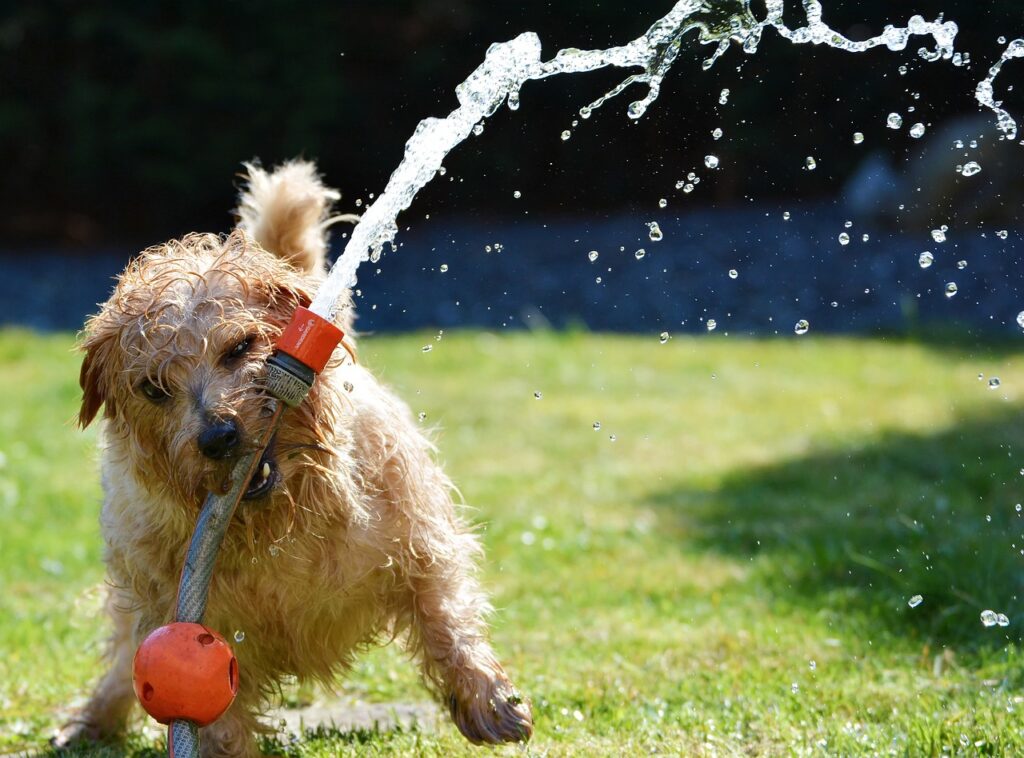Training your tiny, fluffy bundle of joy is a delightful journey for both you and your furry friend. Imagine a world where your pet is obedient, well-behaved, and always by your side, enhancing the special connection between the two of you.
With the right training techniques and approach, transforming your small dog breeds into the ultimate good boy or girl is within reach. So, let’s get started on this exciting adventure together and discover the secret to unlocking the full potential of your small, yet mighty, pooch.
6 Effective Tips For Training Small Dog Breed

- Understanding Your Dog’s Personality
- Setting Clear Expectations and Limits
- Positive Reinforcement Training Techniques
- Consistency is Key
- Regular Training Sessions
- Patience and Persistence
Understanding Your Dog’s Personality
Have you ever wondered what makes your small dog so special and unique? It’s their personality! And the key to unlocking their full training potential is understanding just what that personality is all about.
Small dog breeds have its own quirks, characteristics, and tendencies that make them who they are. Think about it, some small dogs are confident, bold, and independent, while others can be a little stubborn.
By recognizing these personality traits, you’ll be able to adjust your training style accordingly, ensuring that your pet is getting the best possible experience.
So, take the time to get to know your pet and understand their personality – it’ll make a world of difference in your training journey together!
Setting Clear Expectations and Limits
You know what they say, a little structure goes a long way! And when it comes to training your small dog breeds, this phrase has alot to do. That’s why setting clear expectations and limits is one of the most critical parts of the process.
Think of it like building a strong foundation for your pet – it’ll help them feel secure and give them a sense of direction.
By having clear expectations and limits, your pet will know exactly what is expected of them and what behaviors are not okay. This will make the training process smoother and more efficient, as your pet won’t be left guessing what you want from them.
So, be consistent, firm, but also patient and understanding as your furry friend learns and grows.
Positive Reinforcement Training Techniques
Are you ready to take your training game to the next level? Then let’s talk about positive reinforcement training!
This approach involves giving your furry friend a big ol’ hug of encouragement every time they do something great.
Think of it as a simple formula: good behavior + rewards = happy and well-trained pup! That’s right, positive reinforcement training is all about catching your pet in the act of being good and showering them with treats, praise, petting, or play. This reinforces the desired behavior and makes it more likely to be repeated in the future.
Not only does positive reinforcement training bring out the best in your pet, but it also strengthens the bond between you two. It’s like a win-win situation.
So, give it a try and find how small dog breeds thrive with this fun and effective training approach.
Consistency is Key
Your pet relies on you to guide them and teach them what’s expected of them. And the ideal way to do that is by being consistent in your approach.
Use the same commands, gadgets, and techniques every time you train your pet. This consistency will help them understand what’s going on and prevent any confusion or frustration.
But that’s not all – consistency also extends to your voice tone and body language. The way you present yourself during training can have a big impact on your pet’s behavior. So, keep your approach consistent and watch as your pet thrives under your guidance.
Remember, consistency is the foundation of successful small dog breed training. So, let’s get consistent and watch your pet reach new heights in their training journey!
Regular Training Sessions
Training should be a regular part of your pet’s routine, even if it’s just a quick session. Consistent, daily training will reinforce the behaviors and skills they have learned, and keep them from getting bored or losing interest.
Think about it, your pet craves structure and routine. By setting aside time each day for training, you’re providing them with the structure they need to thrive. And the best part? You’ll see the results of your hard work in no time.
So, make training a priority and watch your pet grow and learn with each passing day. The investment you make in regular training sessions will pay off in the form of a well-behaved, obedient, and happy pet.
Patience and Persistence
Patience and persistence are the two secret ingredients for a successful training experience with your small dog breed. Your furry companion is still learning, and it might take a few training sessions before they get the hang of things.
But, that doesn’t mean you should give up! Just like us, our pets need time to understand new things and grow.
With a steady, patient approach and persistence in following through with your training techniques, you’ll soon start to see the fruits of your efforts.
So, don’t get discouraged if you don’t see immediate results. Keep at it and have faith in the process – your patience and persistence will pay off!
Conclusion
In conclusion, small dog breeds are just as capable of being well-behaved and obedient as any other breed, with the right training and dedication. Training your small dog breed is a valuable investment that will benefit both you and your furry friend.
It not only strengthens your bond, but it also helps to prevent behavioral issues that can arise. Remember, “Rome wasn’t built in a day,” but with these 6 tips, patience, and a positive attitude, you and your small dog breed will be on the path to a harmonious household.
So, go ahead and start implementing these tips today and see the positive changes in your pet’s behavior.


Pingback: 8 Best Treats for Small Dogs - Top Picks and Reviews - cutesmalldog.com
Pingback: Why Are Small Dogs So Aggressive - 10 Common Dog Behavior Problems and Their Solutions - cutesmalldog.com